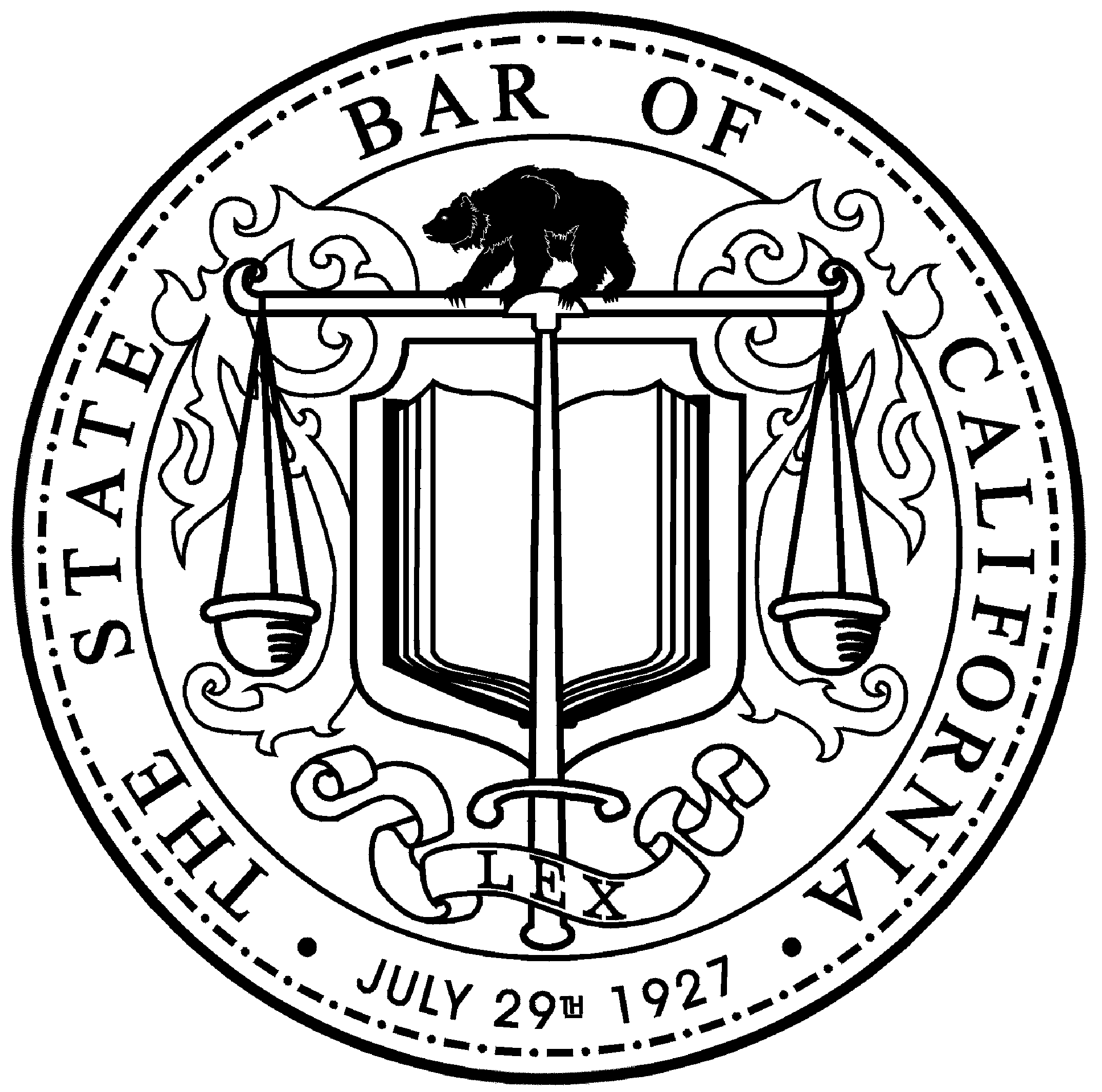Navigating the Workers' Compensation Process in California
Navigating the workers' compensation process in California can feel overwhelming, especially when you're dealing with the stress of a workplace injury. Whether it's understanding your rights, filing a claim, or resolving disputes, each step comes with its own challenges. This guide is here to simplify the process, provide clarity on what to expect, and empower you to secure the benefits you deserve. Let’s break it down together, so you can focus on recovery and getting back on track.
What Is Workers Compensation?
Workers' compensation is a safety net designed to protect employees who suffer injuries or illnesses as a result of their job. It represents an agreement between workers and employers, where employees relinquish their right to sue for workplace injuries in exchange for guaranteed benefits. These benefits include medical care, wage replacement, and support for long-term disabilities, ensuring that injured workers can recover without financial devastation.
In California, workers' compensation is a legal requirement for almost all employers, underscoring its importance in protecting the workforce. This system aims to provide a balanced solution, helping employees receive necessary care and compensation while enabling employers to manage liability in a structured way. It’s a vital component of workplace safety and equity, ensuring that workers are cared for during challenging times.
Eligibility for Workers’ Compensation in California
Eligibility for workers' compensation in California is determined by several factors, primarily centered on the employment relationship and the nature of the injury or illness. Any employee, regardless of the size of the company or their immigration status, is generally covered under California’s workers' compensation system as long as they are classified as an employee rather than an independent contractor. Employers are required to provide workers' compensation insurance, ensuring that employees who are injured on the job or develop a work-related illness have access to benefits.
To qualify, the injury or illness must arise out of and occur during the course of employment. This means the harm must be directly related to work duties or conditions. Common scenarios include accidents at the workplace, repetitive stress injuries, or illnesses caused by exposure to harmful substances on the job. However, injuries sustained outside of work duties or those caused by an employee’s misconduct, such as being under the influence of drugs or alcohol at the time of the incident, may not be covered.
In cases where eligibility is uncertain, such as disputes about the cause of the injury or whether an individual is an independent contractor, the California Division of Workers' Compensation (DWC) can provide guidance. Employees should report their injuries promptly and file a claim to preserve their rights under the system.
Key Steps in the Workers’ Compensation Process
The workers' compensation process in California is designed to ensure that employees receive the necessary support and benefits after a workplace injury or illness. While the system is structured to be straightforward, understanding the key steps can help avoid delays or complications.
1. Reporting Injury to Your Employer
The process begins with reporting the injury to your employer. This step is critical and must be done within 30 days of the incident to ensure eligibility for benefits. Prompt reporting allows your employer to take immediate action, such as providing you with the necessary claim form and notifying their workers' compensation insurance carrier.
2. Filing the Claim
Once the injury is reported, the next step is filing the claim. The employee completes a portion of the DWC-1 form, describing the injury and how it occurred. After submitting the form to the employer, they forward it to their insurance carrier, who begins the evaluation process. This is a pivotal moment, as accurate and thorough documentation can expedite the approval of benefits.
3. Medical Treatment
Medical treatment is another essential component. Injured workers must seek care from an approved provider within the employer’s medical network or as directed by the insurer. The chosen provider will assess the injury, recommend treatments, and determine if the employee needs time off to recover. If there is a disagreement about the injury or its severity, a Qualified Medical Examiner (QME) may be involved to provide an independent evaluation.
4. Insurance Company Accepts or Denies the Claim
The insurance company has up to 90 days to accept or deny the claim. During this period, temporary benefits may be provided while a decision is pending. If the claim is denied, employees have the right to appeal through California’s Workers' Compensation Appeals Board (WCAB). Disputes over benefits or treatment plans can also be resolved through the WCAB process, ensuring a fair resolution for both parties.
5. Maintain Clear Communication and Record all Medical Visits & Treatments
Throughout this journey, maintaining clear communication and detailed records of all medical visits, treatments, and correspondence is crucial. These records not only support your claim but also help ensure you receive the benefits you’re entitled to. Seeking guidance from a workers’ compensation attorney can further safeguard your rights, especially in cases where the process becomes complex.
Benefits Available Under Workers’ Compensation
Workers' compensation in California provides a range of benefits designed to support employees who suffer work-related injuries or illnesses. These benefits address both immediate and long-term needs, ensuring injured workers can recover physically, emotionally, and financially.
Medical Care
At the core of workers' compensation is comprehensive medical care, which covers treatments necessary to address the injury or illness. This includes doctor visits, hospital stays, medications, surgeries, physical therapy, and any specialized care deemed medically necessary. Employers and their insurers often direct employees to a network of approved healthcare providers, ensuring consistent and quality care.
Temporary Disability Benefits
If an injury prevents an employee from working temporarily, they may qualify for temporary disability (TD) benefits. These benefits replace a portion of lost wages, typically amounting to two-thirds of the employee’s average weekly earnings, up to a state-mandated maximum. TD benefits continue until the employee is medically cleared to return to work or reaches maximum medical improvement.
Permanent Disability Benefits
In cases where an injury results in lasting impairments, permanent disability (PD) benefits are available. The amount depends on the severity of the disability, the worker's age, occupation, and how the injury impacts their ability to earn a living. California uses a complex formula to calculate PD benefits, reflecting the lasting impact of the injury.
Supplemental Job Displacement Benefits
When an injured employee cannot return to their previous role due to permanent work restrictions, they may qualify for supplemental job displacement benefits (SJDB). This includes a voucher for education, training, or skill enhancement to help the worker secure alternative employment. The voucher can be used for tuition, books, and career counseling.
Death Benefits
For families of workers who lose their lives due to a workplace injury or illness, death benefits provide financial support. These benefits include a set amount paid to the deceased worker’s dependents and coverage of funeral expenses up to a specified limit. Death benefits are distributed based on the number and type of dependents.
These benefits are tailored to meet the varied needs of injured workers and their families, ensuring that the focus remains on recovery and maintaining quality of life. Understanding these rights and advocating for them when necessary is key to navigating the workers' compensation system successfully.
Resolving Disputes in the Process
Resolving disputes in the workers' compensation process is an essential part of ensuring fairness for employees and employers. Disputes can arise for various reasons, such as disagreements over the severity of an injury, denial of a claim, or conflicts about the benefits an injured worker is entitled to receive. California's workers' compensation system provides structured pathways to address these issues and reach resolutions.
One of the most common disputes involves claim denials. If a claim is denied, the employee has the right to challenge the decision. The first step is to request an independent evaluation by a Qualified Medical Examiner (QME) or Agreed Medical Examiner (AME). These experts review the case and provide an unbiased opinion about the nature and extent of the injury, which can influence the outcome of the claim.
Disputes can also occur over the type or extent of medical treatment needed. In such cases, employees can use the state’s Independent Medical Review (IMR) process, which allows an impartial medical professional to assess whether the proposed treatment is appropriate. This process helps ensure that injured workers receive necessary care while preventing unnecessary or excessive procedures.
If disagreements persist, the Workers’ Compensation Appeals Board (WCAB) serves as the next step. The WCAB provides a formal legal setting where employees and employers (or their insurance carriers) can present their cases before a judge. This process often begins with a settlement conference, where both sides attempt to reach an agreement without proceeding to a formal hearing. If no settlement is reached, the judge reviews evidence, hears arguments, and issues a decision.
For employees, having proper legal representation during disputes is crucial. Workers' compensation attorneys specialize in navigating the system, advocating for employees' rights, and ensuring they receive fair treatment and benefits. This expertise can be invaluable, especially in complex cases involving permanent disabilities or ongoing medical care.
While disputes can be stressful, California's structured processes are designed to provide fairness and resolution. Understanding your rights and the steps available can help protect your interests and ensure you receive the benefits you're entitled to.
Tips for a Smooth Workers’ Compensation Experience
Navigating the workers’ compensation process can be challenging, but taking proactive steps can make the experience smoother and more manageable. Here are some key considerations to help you stay on track and ensure you receive the benefits you deserve.
Promptly Reporting Your Injury or Illness to Your Employer
One of the most critical steps is promptly reporting your injury or illness to your employer. Timeliness not only protects your rights but also ensures the process begins without unnecessary delays. Be clear and accurate when describing what happened, and provide as much detail as possible about the circumstances of the incident.
Maintaining an Accurate and Organized Record-Keeping System
Accurate and organized record-keeping is another essential factor. Maintain detailed records of all medical appointments, treatments, and expenses related to your injury. Save copies of communication with your employer and the insurance company, as well as any forms or documents you submit. These records can be invaluable if you encounter disputes or need to provide evidence for your claim.
Work Closely with Your Healthcare Provider
Working closely with your healthcare provider is equally important. Follow their recommendations and ensure they submit timely reports to the insurance carrier. If you feel your treatment plan isn’t addressing your needs, don’t hesitate to seek a second opinion, especially if you’re dealing with complex or long-term injuries.
Understanding Your Rights Under California’s Worker Compensation Laws
Understanding your rights under California’s workers’ compensation laws is crucial. Educate yourself on the benefits available to you and the steps in the process. This knowledge will empower you to advocate for yourself if any challenges arise, such as claim denials or disputes over treatment.
Consider Seeking Guidance from a Workers’ Compensation Attorney
Finally, consider seeking guidance from a workers’ compensation attorney. Legal experts can help you navigate complex situations, negotiate settlements, and represent you in disputes. Their expertise can ease the burden and ensure you’re treated fairly throughout the process.
By staying informed, organized, and proactive, you can reduce stress and increase the likelihood of a positive outcome in your workers’ compensation case. These tips can help you focus on your recovery while ensuring you receive the benefits you’re entitled to.
Conclusion
Navigating the workers’ compensation process may feel overwhelming, but understanding your rights and following the proper steps can make a significant difference. By staying informed, proactive, and organized, you can ensure a smoother experience and focus on your recovery. If you encounter challenges along the way, don’t hesitate to seek professional guidance to protect your rights and secure the benefits you deserve.
Cole, Fisher, Cole, O’Keefe + Mahoney is Central California’s leading workers’ compensation and social security disability law firm. With over 30 years of successful experience, we are committed to securing maximum benefits for our clients in the Fresno, California area. Schedule a free consultation today.
© 2025 Cole, Fisher, Cole, O’Keefe + Mahoney
Making a false or fraudulent workers’ compensation claim is a felony subject to up to five years in prison, or a fine of up to $150,000 or double the value of the fraud, whichever is greater, or by both imprisonment and fine.







